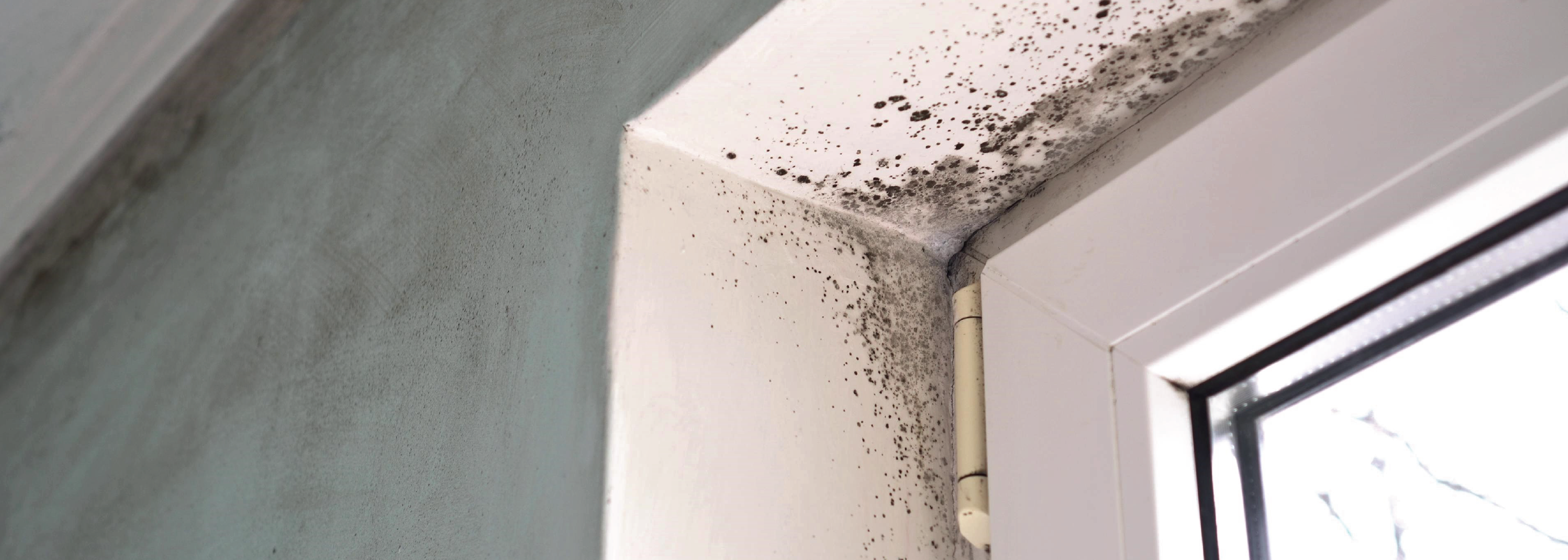Mould
| What is mould? |
|
Moulds are fungi that can be found both outdoors and indoors. Typically found in nature, they are necessary for the breakdown of leaves, wood and other plant debris. Moulds can enter your home directly or through spores in the air through open doorways, windows, vents, and heating and air conditioning systems, clothing, shoes, and pets. When mold spores drop on places where there is excessive moisture, such as where leakage may have occurred in roofs, pipes, walls, plant pots, or where there has been flooding, they will grow. Many building materials provide suitable nutrients that encourage mold to grow, including paper and paper products, cardboard, ceiling tiles, wood, and wood products, drywall, carpet, fabric, and upholstery. |
| How do I know if I have mould in my home? |
|
Look for common signs of mould in your home:
|
| What are the health risks of mould? |
|
The presence of mould does not always means that health problems will occur. Health risks depend greatly on exposure and each person’s sensitivity. Exposure to damp and moldy environments may cause a variety of health effects, or none at all. People living in homes with mould and damp conditions are more likely to have:
Some people are more susceptible than others, including infants, children, the elderly and those with existing health problems such as breathing difficulties. The level of concern depends on the extent of mould, how long it has been present and the sensitivity and overall health of the residents. Any respiratory health concerns should be discussed with a physician. If you suspect that these could be caused by poor indoor air quality, a physician is best suited to determine if your symptoms may be related to environmental factors or some other underlying cause. |
| Can I test for mould? |
|
Health Canada does not recommend testing the air for mould.
The best way to reduce your health risk from mould is to clean up the mould and identify and remove the moisture sources to prevent further growth. |
| How can I prevent mould growth? |
|
Since moulds need moisture to grow, removing sources of excessive moisture are the best way to prevent mould growth. Unless the cause of the moisture problem has been identified and solved, mould will reappear. Moisture problems are preventable. Clean mold as you see it and investigate the source of moisture allowing it to grow. Common sources of moisture problems in homes:
Prevent excess moisture by:
|
| How can I clean up mould in my home? |
|
Small and medium mould areas can be cleaned yourself. Health Canada does not recommend that an unqualified person clean up large areas of mould. To prevent the spread of mould clean areas with visible mould as soon as possible once noticed. Do not paint over visible mould. Painting over a mouldy surface will not kill mould and des not stop it from growing back, it just hides the problem.
What you need to clean up small/medium areas of mould?
Instructions:
|
| Where can I get more information on mould? |











